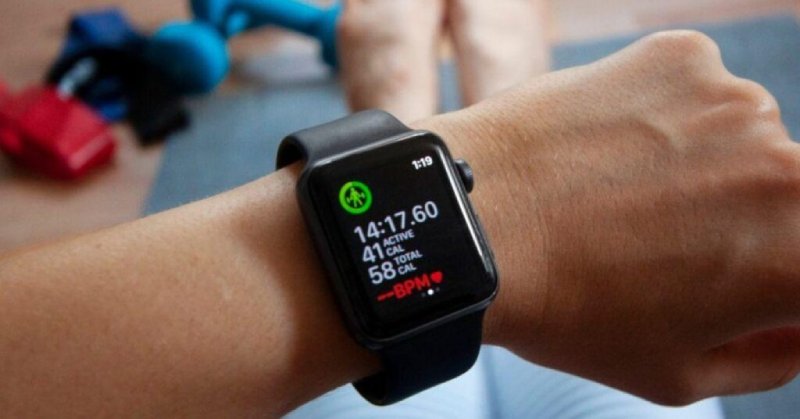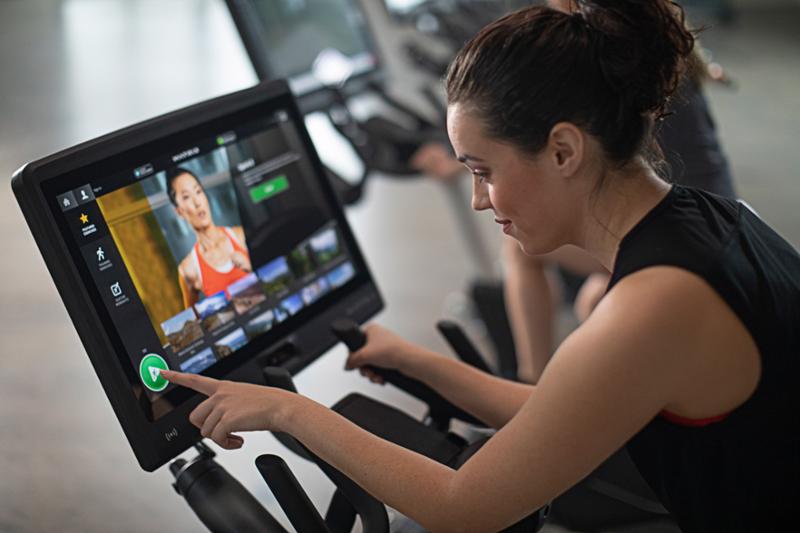Technology-integrated fitness represents an approach where evolving digital tools and applications support physical activities.
Smart sports equipment and wearable technologies make workouts more effective and personalized, providing users with a unique experience.
Fitness tracking devices measure health indicators such as heart rate, step count, and sleep quality, and allow individuals to monitor their performance, manage their goals, and increase their motivation through this data.
Mobile apps and online platforms are another important component of technology-integrated fitness.
These applications offer users the flexibility to train at home or in the gym, while also providing the opportunity to work with remote trainers, access various exercise programs, and share via social media.
Virtual workouts allow users to work out at their own pace and choose content that suits their workouts.
Advanced technologies such as virtual reality (VR) and augmented reality (AR) make the fitness experience more immersive and entertaining. Users can increase their motivation and prevent monotony by exercising in virtual environments.
These technologies provide a more enjoyable and interactive fitness experience by transporting users to different exercise environments.
Fitness integrated with technology offers individuals the opportunity to have a more personal, fun, and effective training experience, while also offering innovative solutions to support healthy living habits.

What are Fitness Tools Integrated with Technology?
- Wearable Technology: Fitness tracking devices, smartwatches, and wristbands help the user track step count, heart rate, sleep quality, and other health indicators. These devices provide this data to users through mobile applications, allowing them to monitor training performance and general health.
- Smart Fitness Equipment: Smart treadmills, bikes, and other gym equipment collect user workout data and can share that data with other devices. For example, A smart treadmill provides a more effective workout experience by measuring your running speed, distance, and heart rate.
- Mobile Applications: Fitness applications include a number of features such as creating training programs, tracking nutrition, working with remote trainers, and sharing via social media. These apps allow users to track and personalize their exercise routines.
- Virtual Training Platforms: Virtual workouts give users the chance to experience different exercise environments. Using virtual reality (VR) or augmented reality (AR), users can be transported to different locations while exercising and have a more interactive experience.
- Voice-Controlled Devices: Voice assistants and voice-controlled devices offer users a hands-free fitness experience. It allows you to change music, receive exercise instructions, and use other voice commands during your workout.
- Training and Guidance Applications: Applications that offer the opportunity to work with online trainers or train with interactive video guides support users in reaching their fitness goals with professional guidance.

Benefits of Fitness Tools Integrated with Technology
Technology-integrated fitness tools provide users with a number of important benefits. Some of the benefits of technology-integrated fitness tools are as follows:
- Personalized Tracking and Analysis: Wearable technology and fitness tracking devices allow users to instantly track health indicators such as step count, heart rate, and sleep patterns. This data helps individuals evaluate their performance and personalize the process of achieving their goals.
- Fun and Motivating Experience: Advanced technologies such as virtual reality (VR) or augmented reality (AR) make the fitness experience more fun and interactive. This allows users to resist monotony and helps them become more motivated to exercise.
- Remote Trainer and App Access: Mobile apps allow users to work with remote trainers and access various training programs. This allows users to train at their own pace, wherever and whenever they want.
- Social Connection and Sharing: Fitness apps allow users to share their workout results via social media and compete with friends. This can help social support and competition increase users’ motivation.
- Ergonomic and Safe Exercises: Smart sports equipment offers users an ergonomic and safe exercise experience with the ability to teach correct form and techniques. This reduces the risk of injury and helps users train more effectively.
- Goal Setting and Progress Tracking: Technology-integrated fitness tools allow users to set specific goals and track their progress in achieving these goals. Progress reports and notifications help individuals keep their motivation high.
These benefits show that technology-integrated fitness tools significantly contribute to users achieving their health and fitness goals.




